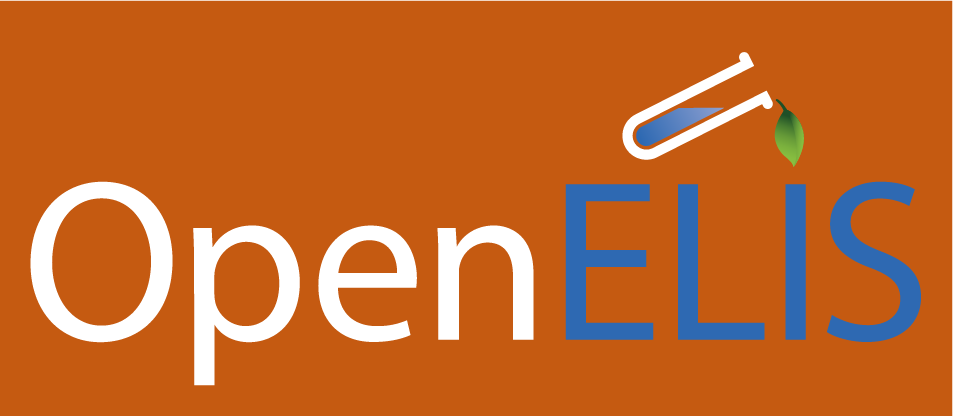In February, our team members of the OpenELIS Foundation attended the 2025 Healthcare Information and Management Systems Society (HIMSS) Conference. Joined by more than 28,000 across the country. The conference hosted and facilitated important conversations about data modernization, interoperability, and artificial intelligence (AI) in both public and private healthcare.
Here's a recap of what we learned:
Shondra’s Takeaways: Modernizing Public Health Data Systems
Shondra, Foundation Director
Shondra attended the Public Health Modernization Pre-conference Forum, which continued the critical conversations around improving how public health data is shared and used. The focus was clear: break down data silos within public health and bridge the gap between public and private healthcare systems.
A key takeaway was the ongoing push to adopt messaging and data standards across public health. This work is foundational to improving how labs collect, share, and report results. Another common thread: the shift from on-premise systems to cloud-based solutions, allowing for greater flexibility, scalability, and sharing of data.
The role of HL7 (Health Level Seven International) FHIR (Fast Healthcare Interoperability Resources) creates interoperability standards that facilitate healthcare systems to communicate with each other. Some public health agencies are implementing Electronic Health Records (EHRs) that have FHIR available. This allows the public health agency to become more interoperable with other hospital/clinic systems to obtain the public health data elements crucial to improving and protecting the public.
A component of modernizing public health is to upskill the workforce. Skilled individuals are needed that understand these protocols and processes within public health data systems. The sessions highlighted this growing need to ensure that the development of data-driven roles and sustain long-term funding for these modernization efforts are not left behind. Access to the tools is one side of the coin, whereas the personnel to run these processes and to ensure the system runs efficiently is the other.
Jessie’s Takeaways: The Power of Interoperability and Data Quality
Jessie, Manager of Implementation and Training
Jessie attended the Interoperability and Health Information Exchange (HIE) Forum, where conversations focused on breakthroughs and barriers to advanced interoperability. Unsurprisingly, AI was a hot topic throughout the conference, as it has been over the past couple of years. The message was clear: AI will not replace humans, it can serve to empower their current processes and tasks. Together, humans and AI create better outcomes, especially when sensitive healthcare data is involved.
Jessie noted that AI without good and comprehensive data, falls short. That’s where TEFCA (Trusted Exchange Framework and Common Agreement) comes in, working to create a nationwide baseline for health information exchange and to ensure all stakeholders have secure access to their electronic health information. Groups can join a QHIN (Qualified Health Information Networks) to align with these standards. QHINs are networks of organizations (both public health agencies and other healthcare organizations) that work together to securely share patient health information across different systems and providers using standardized data formats to ensure consistent and reliable data. QHINs can connect with other QHINS to form a network of networks.
A major challenge is ensuring data quality, especially since healthcare data is spread across many systems. Jessie learned about a new open-source tool designed to help: the PIQI (Patient Information Quality Improvement) framework. PIQI scores data quality, explains the scoring, and provides actionable steps to improve it. This means it’s a flexible tool that works across different data sources. You can learn more at piqiframework.org.
Another critical piece of the data puzzle is the US Core Data for Interoperability (USCDI): a standard set of data elements labs must collect to support public health reporting. This aligns with OpenELIS’s focus on ensuring our system is capable of supporting these data exchange requirements.
What It Means for OpenELIS and Our Community
Both Shondra and Jessie saw how these efforts: data modernization, interoperability, and data quality are deeply connected. Public health departments are being challenged to move faster, adopt new technologies like FHIR, and ensure the data they use and output is accurate and complete.
For OpenELIS and our users, this means continuing to build tools that support modern lab workflows, use standard data formats, and ensure the data our system collects is ready for public health reporting. By staying informed on the latest developments in FHIR, TEFCA, and USCDI and learning about new open-source tools like PIQI, we’re helping our community navigate this ever-changing landscape.

